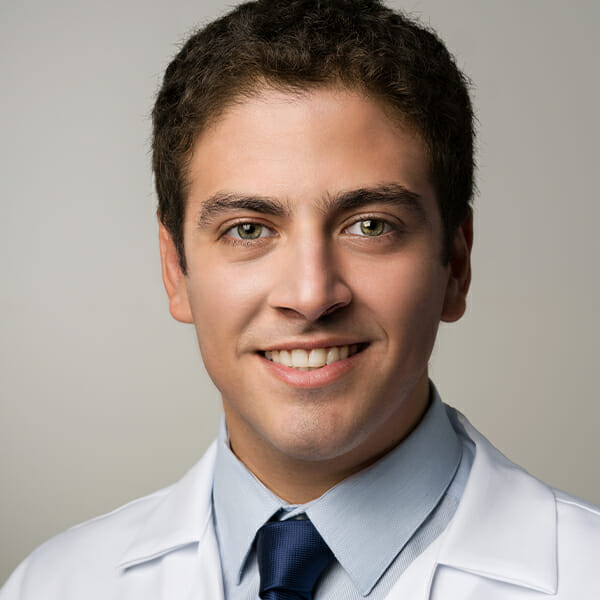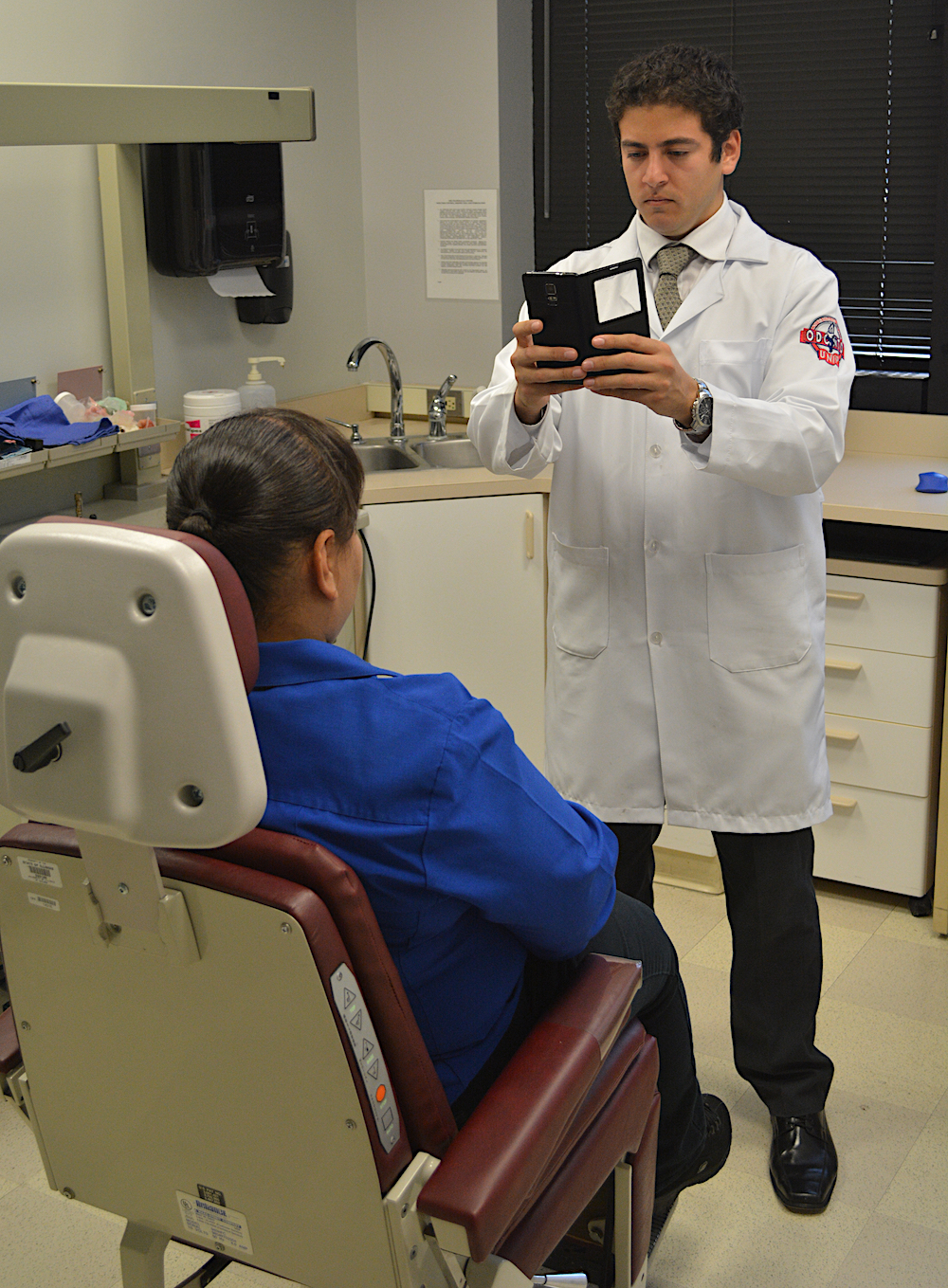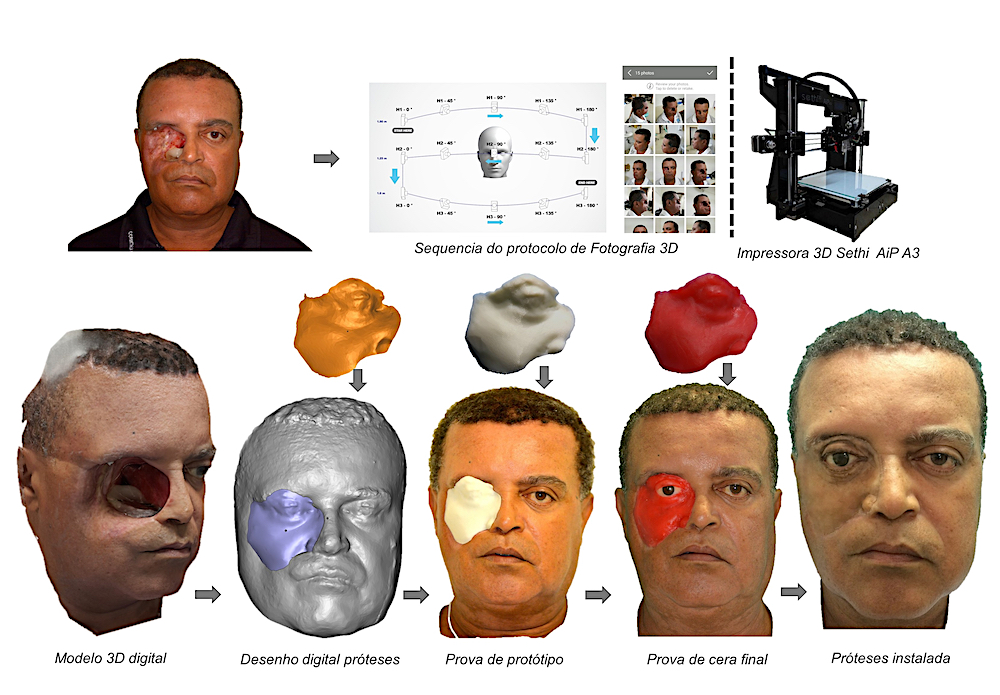When I was like 7 years old, I drew myself as a surgeon, writing, ‘Rodrigo wants to be a doctor to help other people.’ I am happy that I’ve reached my dream.
Dr. Rodrigo has made it his life’s mission to improve people’s health and happiness. As an innovator with a background in dental surgery, he has created a low-cost system of designing and making restorative facial prostheses. Working with a team of other dentists and researchers in Brazil, his method involves using a smartphone to perform 3D scanning of a person’s face, followed by digital design on free software, and fabrication using a desktop 3D printer. This system, known as the “+ID” technique is a groundbreaking method for facial reconstruction helping restore function and appearance for patients while paving the way for new methods in affordable prosthetic design.
Born in Lima, Peru with an early passion for music, Rodrigo is a specialist in maxillofacial rehabilitation, a researcher, a social activist, and a public speaker. He earned a master’s degree in Dentistry and is also a PhD candidate at Universidade Paulista (UNIP) where the +ID technique for prosthetic reconstruction was created and supervised by Dr. Luciano Lauria Dib, with funds from the Brazilian government.
In 2018, Rodrigo was awarded as Humanitarian Innovator for Latin America by the MIT Technology Review. He is also the Director of Institutional Relations of the nonprofit organization +ID in São Paulo-Brazil, Advisor in technological innovation for the OREMA Foundation in Santiago de Chile, Vice President of the Latin American Society of Oral and Maxillofacial Rehabilitation 2018-2020, President of the International Association of Anaplastology 2020-2021, and has a Specialized Odontological Clinical Practice in Lima. As an activist for solving health problems using 3D technology, he hopes to institutionalize the +ID system through Mais Identidade and set up sustainable fundraising efforts so that more people can have access to 3D printing prostheses.
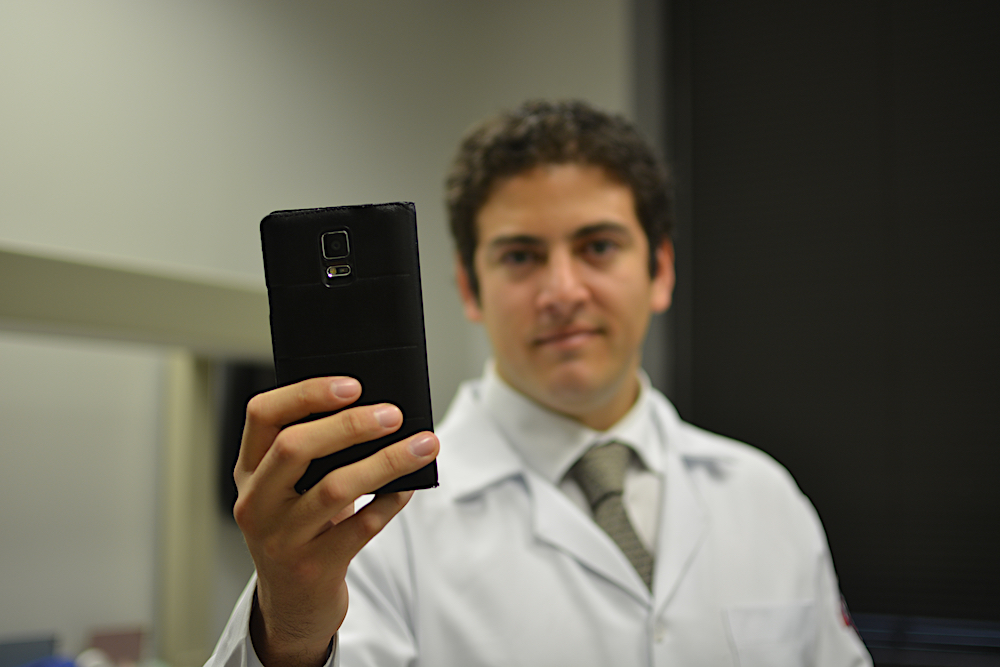

Dr. Salazar awarded as Humanitarian Innovator for Latin America by MIT Technology Review.
PErsonal History
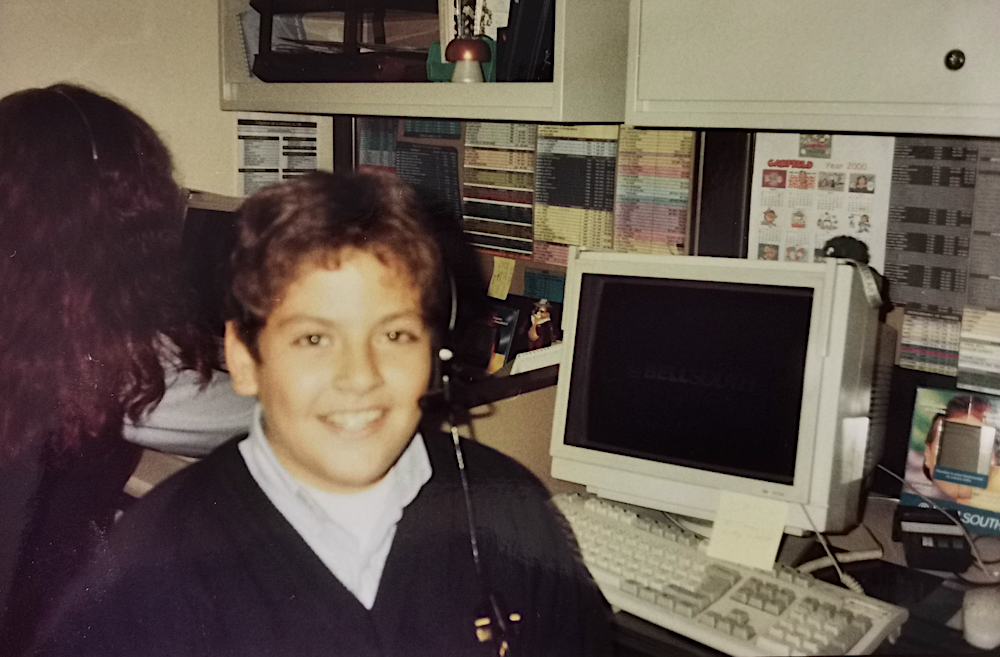
Dr. Salazar as a child.
“No One is Born an Expert”
“My first hobby was music; I started lessons at eight years old and continued until my late teens. I learned the piano, xylophone, flute, piccolo, cello, guitar, and bass, and reached a level where it was easy to learn new instruments and play complex music. I played flute in front of 1,200 people as part of my school’s Philharmonic Orchestra, and when I was 16 my band and I even filled La Estación de Barranco, a landmark venue in Lima. Music taught me about acquiring new learning skills, self-confidence, and developing strict routines. Without practice, there’s no improvement; no one is born an expert in any field.”
The Road to Healthcare
“I decided to be a dentist so I could contribute to people’s health. In the medical field, there is exhaustive long-term training. Along the way, I’ve made dentistry faculty, completed my diploma in implant dentistry specializing in Prosthodontics, earned a master’s degree, and am soon finishing my PhD. This has all allowed me to develop clinical, academic, and research experience. One of the things I’m most proud of throughout my education are the 90+ social projects I’ve been involved with in 25 districts of Peru around prevention, promotion, recovery, and maintenance of oral health.”

Community work in a rural community in Peru.
I have a mission to integrate, to join people together to solve challenges. Speaking different languages is key. People in medicine need to know technology. Programmers need to understand the impact of their algorithms on people’s quality of life. It’s important to not only know, but to have everyone involved in the process. Some of our patients have to suffer the feeling of literally ‘going to hell and back.’ Only strong stories and lessons about life could be learned directly from the people we work with in this environment.
Collaborating to Solve Problems
“Unfortunately, the type of cancer a lot of my patients have comes with the highest rate of suicide due to aggressive facial mutilations, which can affect all five senses and essential functions needed to express or communicate. When patients suffer consequences from cancer surgery in any other part of the body, it can be covered up with clothes, but the face is not easy to hide; some of the patients don’t even recognize themselves in the mirror. Now, working in Maxillofacial Prosthetics, I collaborate with dozens of specialists in medicine, psychology, engineering, dentistry, graphic design, 3D printing, chemistry, and physics.”
“Unfortunately, the type of cancer a lot of my patients have comes with the highest rate of suicide due to aggressive facial mutilations, which can affect all five senses and essential functions needed to express or communicate. When patients suffer consequences from cancer surgery in any other part of the body, it can be covered up with clothes, but the face is not easy to hide; some of the patients don’t even recognize themselves in the mirror. Now, working in Maxillofacial Prosthetics, I collaborate with dozens of specialists in medicine, psychology, engineering, dentistry, graphic design, 3D printing, chemistry, and physics.”
Project: Carlito Conceiao’s facial prosthesis
Facial prosthesis recipient Carlito Conceicao, of São Paulo, Brazil, was the recipient of the first-ever facial prosthesis created with 3D printing technology. In 2008, he was diagnosed with upper maxillary carcinoma, an aggressive mouth cancer that damaged his throat and destroyed facial tissue. Doctors were able to operate before it spread to his brain, but had to remove his right eye socket and part of his nose. Following his surgery, he was fitted with a prosthesis, but said it was poor quality and kept falling off because it was held on by glue. In 2016, under the mentorship of Dr. Luciano Dib at UNIP, Dr. Rodrigo Salazar partnered with Cícero Moraes from Mais Identidade, Rosie Seelaus at UIC, and Jorge Vicente Lopes Da Silva at CTI to make Carlito a new prosthesis using their +ID technique.

